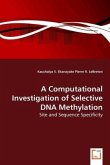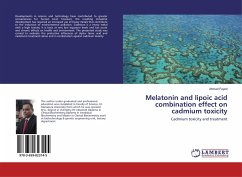Nowadays, there is an unfortunate increase
in exposure to free radicals due to many
environmental, lifestyle, and pathological
situations. The brain is especially susceptible to
free radical attack since it is rich in
polyunsaturated fatty acids and consumes very high
amounts of oxygen. In the current study, the effects
of melatonin, lipoic acid and Vitamin E on rat brain
tissue were investigated via Fourier Transform
Infrared spectroscopy to understand their
interactions with biological molecules. It is
shown that melatonin disorders and decreases the
dynamics of lipids and induces a strengthening in the
hydrogen bonding between the functional groups of
both melatonin and the polar parts of lipids and/or
water at physiological temperatures. Lipoic acid also
slightly disorders the acyl chains of phospholipids,
while strengthening the hydrogen bonding of the
interfacial region of phospholipids. However, the
results show a stabilizing effect of vitamin E on
the state-of-order of the lipid bilayer. This
study provides a better understanding
of the interactions between antioxidants and
biological systems.
in exposure to free radicals due to many
environmental, lifestyle, and pathological
situations. The brain is especially susceptible to
free radical attack since it is rich in
polyunsaturated fatty acids and consumes very high
amounts of oxygen. In the current study, the effects
of melatonin, lipoic acid and Vitamin E on rat brain
tissue were investigated via Fourier Transform
Infrared spectroscopy to understand their
interactions with biological molecules. It is
shown that melatonin disorders and decreases the
dynamics of lipids and induces a strengthening in the
hydrogen bonding between the functional groups of
both melatonin and the polar parts of lipids and/or
water at physiological temperatures. Lipoic acid also
slightly disorders the acyl chains of phospholipids,
while strengthening the hydrogen bonding of the
interfacial region of phospholipids. However, the
results show a stabilizing effect of vitamin E on
the state-of-order of the lipid bilayer. This
study provides a better understanding
of the interactions between antioxidants and
biological systems.







